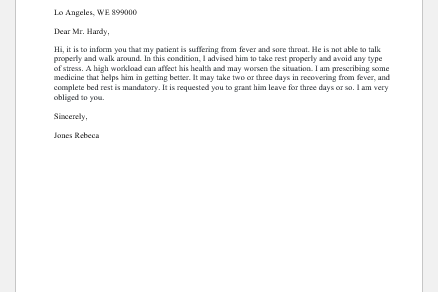Physical therapy, also known as physiotherapy, is a form of health care that improves patients’ physical conditions. It has gained a lot of popularity in the recent past. Many countries have been producing specialists in this field called physical therapists or physiotherapists.
How does physiotherapy work?
Physical therapy includes proper history-taking, a complete physical examination of the patient, and then dealing with the patient’s concerns. A diagnosis is made, and physical intervention is done to treat the patients. The patient is educated about the management course and its implications.

The Sample Form
Methods of physiotherapy
Physiotherapy is a diverse term that includes various procedures for treating different problems. It is not a one-time process; the patient has to be compliant throughout management. It includes physical exercise, massage, joint mobilization, muscle stimulation, shockwave modality, electrotherapy, and kinesiology. It also helps in the rehabilitation of patients, which is the restoration of anything to its original state.
Conditions that require physical therapy
Many doctors around the world refer their patients to a physical therapist for treatment in addition to medications. Patients with chronic pain, joint stiffness, muscular spasms, arthritis, and soft tissue injuries are the most commonly referred ones. In addition, people with musculoskeletal impairments and gait abnormalities also benefit from physiotherapy.
Benefits of physiotherapy
Physical therapy is not a one-time process; the patient has to be compliant throughout management. The patient should follow the regimen prescribed to him for the best results. Here are a few pros to taking the treatment:
- Decrease pain.
- Improve joint movement.
- Eliminate spastic contractures.
- Rehabilitation in burn patients who are developing contractures.
- Recovery from physical weakness and neurological diseases.
- Treat sports injuries.
- Improve balance and coordination.
- Manage vascular diseases.
- Improve women’s health, especially during pregnancy.
However, every treatment method is not suitable for all patients. A proper plan must be made after an analysis of the problem in consultation with a physical therapist before beginning the management, or it would not be effective.
Physiotherapy consent form
Before initiating physiotherapy, written permission has to be obtained from the patient regarding the management plan. It is an essential part of treatment as the patient’s body has to be physically manipulated and necessitates proper documentation of the process to be undergone. The main factors to be mentioned in the Physiotherapy Consent Form are discussed below:
- Introduction of the patient: name, father’s or spouse’s name, age, sex, address, and contact number.
- Presenting the complaint and history of the patient, as well as the findings of the clinical examination.
- Name and credentials of the referring physician.
- Emergency contact or next-of-kin person.
- Description of the procedure to be done and its benefits and risks.
- Duration of treatment from the start date.
- Level of exposure of patient and assurance of privacy and confidentiality
- Acknowledgement of the fact that physical therapy is an adjunct to medical therapy and not a substitute for it.
- Name and signature of the patient.
- Trackers for Medical Facilities
- Nursing Documentation Templates
- Letters for being Unfit to Travel
- Mental Health Evaluation Forms
- Forms Used by Pediatricians
- Various Forms Related to Pregnancy Verification
- Common Forms Used by ENT Specialists
- Patient Registration Confirmation Messages
- Quotation Letter for Medical Services
- Mental Health Letter by Doctor
- Excuse Letter for Absence due to Medical Checkup
- Response Letter to Feedback on Improvement in Hospital
- Letter to a Mother Who Miscarried
- Patient Feedback Letter Complaining on Issues or Incidents
- Letter to Family about Miscarriage


